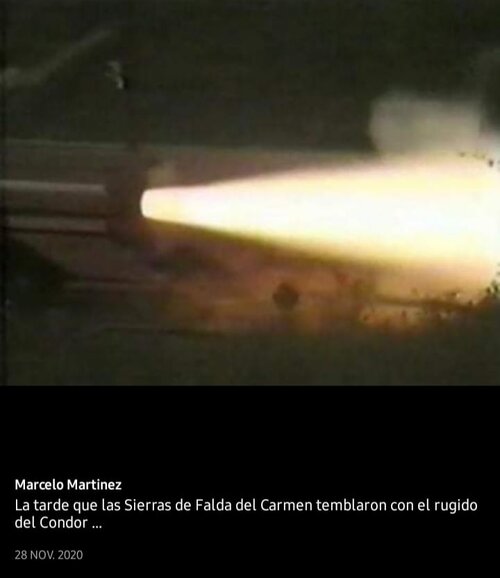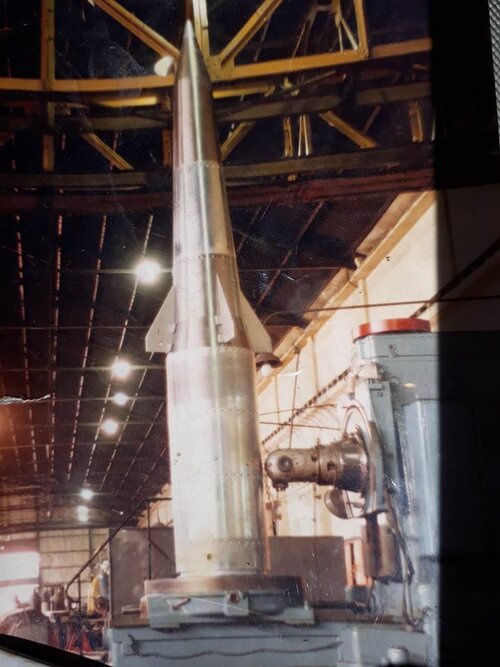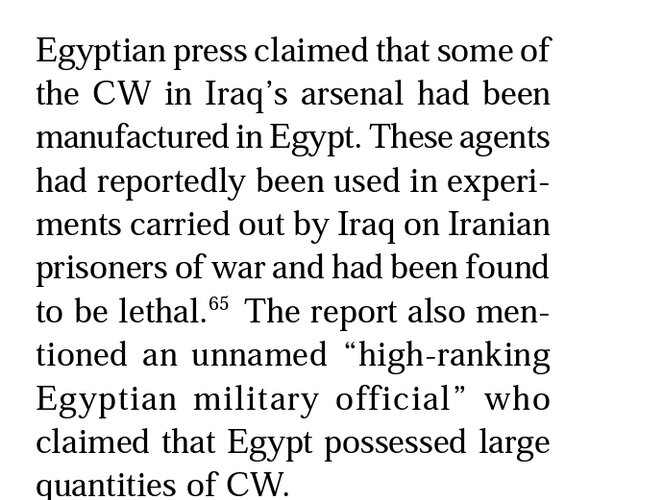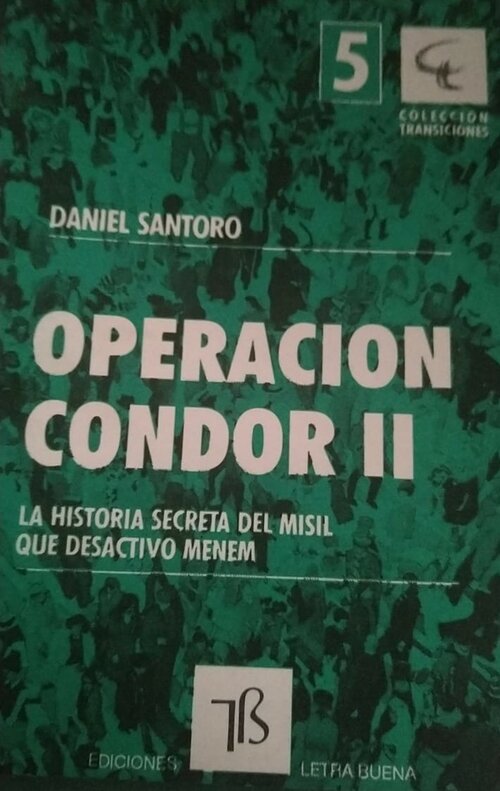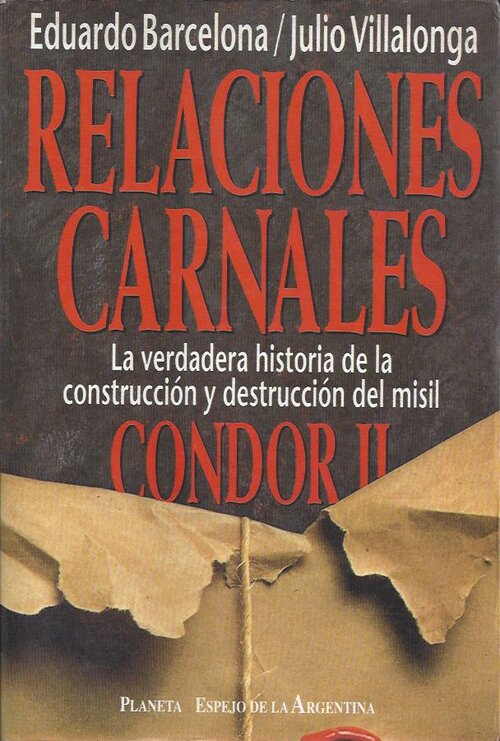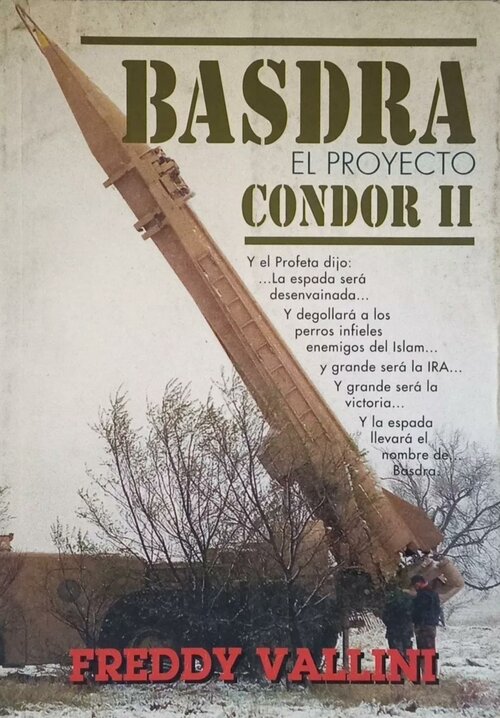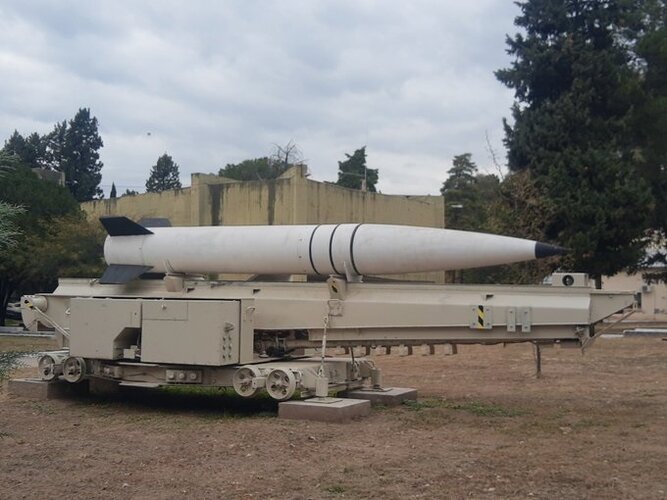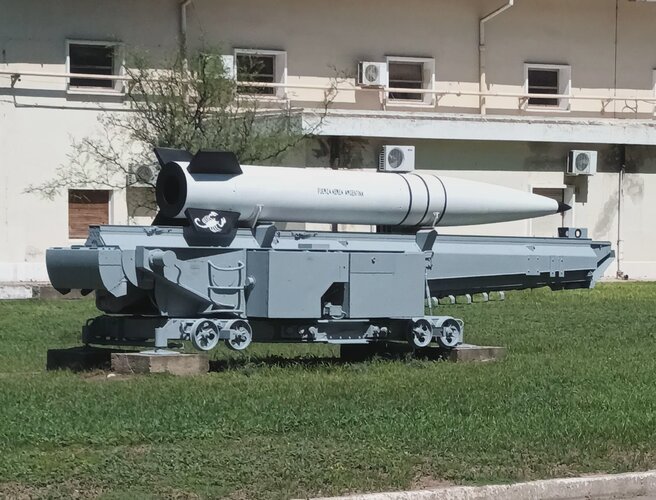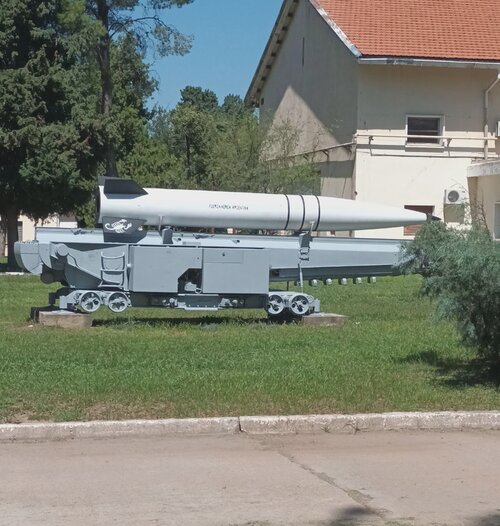"DEVELOPMENT OF SPARROW - TYPE MISSILE IN IRAQ ( Report by Roberto Godoy) The Al- Taw'Han [name as published) air -to- air missile on which 21 Brazilian experts hired by the HOP (Hugo de Oliveira Piva) company owned by Brigadier Hugo de Oliveira Piva have been working in Iraq prior to the invasion of Kuwait is not a light weapon like the Piranha missile developed in Brazil. In fact, it is a sophisticated supersonic interceptor with a range of 40 km . The Al- Taw'Han has a dual guidance system that combines precision radar and infrared heat sensors. It carries a 45-kg warhead. Initial test launchings were scheduled for December 1991 . Everything began in 1985 when Minister of Industry and Military Industrialization Kamil al-Majid (name as published ), son-in-law and cousin of President Saddam Hussain , decided to launch an ambitious program to develop air-to-air missiles, a field in which Iraq was totally dependent on foreign supplies. A British -trained arms engineer Ahmed Ayoub (name as published) was appointed project supervisor. He immediately received $40 million for initial investments in trained personnel and support equipment. Ayoub's local team designed a two-stage project. First, the team would get acquainted with the latest concepts for the construction of electronic weapons, and then it would produce two missiles. One would be a simple, defense missile with a maximum range of six km and a heat-seeking guidance system that would find its target by homing in on the heat generated by the turbines of an enemy plane. Such a missile would be produced in large quantities at the probable cost of $ 150,000 (quantity not specified ). At the same time the plan for manufacturing the Al- Taw'Han for selected use would be put into operation with the utmost secrecy. The Iraqi military engineers established the specifications for their missile, draw ng their inspiration from the U.S. AIM -7E Sparrow (Pardal), one of the most successful designs in this field. Presented in 1962 and constantly improved since then by its supplier, the Raytheon Company, 25,000 AIM -7E's have already been sold to seven countries other than the United States. In the United States the Sparrow continues to be part of the U.S. Air Force inventory as a medium -range interceptor. The configuration of the smaller missile was finally based on the Sidewinder I, quite possibly the most popular in the U.S. arsenal. This initial task took slightly over one year, a period during which the facilities to house the assembly lines were also built in Baghdad's military -industrial district. 217 By then, May 1987, a mission of Brazilian military industrialists and experts arrived in Iraq . Brigadier Piva, then chairman of the recently created Orbita Espacial — a partnership made up by Engesa ( Specialized Engineers, Inc.) (40 percent), Embraer [Brazilian Aeronautics Company) (40 percent), and a consortium , the minority shareholder ( 10 percent)—was carrying in his briefcase the short-range Piranha air-to -air missile which was undergoing aerodynamic tests. Engineer Ayoub heard out the proposal but declined an offer to supply him with a finished product. He said that he would rather offer the Brazilians a plan for binational cooperation. Back in his headquarters in Sao Jose dos Campos, Brigadier Piva tried to get the deal going. An internal squabble with Orbita Executive Vice President Vito Di Grassi compelled Piva to leave the company, although he did not leave this line of business. Even before setting up the HOP company, Hugo Piva was al ready discussing with Iraqi Government officials an advanced program for launching a reconnaissance satellite, an electronic spy. This idea did not work out, but the project to build air -to- air missiles was maintained . The following six months, until March 1988, were fraught with serious crises. Ahmed Ayoub fell into political disgrace and was charged with involvement with the leaders of semi-subversive guerrillas made up of Druze minority members. He left the country for Argentina where he obtained political asylum and where he works for the CITEFA (Armed Forces Scientific and Technical Research Center) a military technical research organization. In Brazil, the defense materiel manufacturing corporations were shaken by a crisis; they laid off thousands of employees and suspended production . Faced with a composition of creditors, those corporations decided to cut all links with the Bagh dad government, responsible for an overall debt of some $200 million. The debt was contracted, with no apparent intention of paying, with Avibras Aerospacial (Avibras Aerospace Industry, Inc. ), manufacturer of the Astros-2 rocket launcher, and with Engesa, which has exported more than 1,100 tanks to the Iraqi Army since 1978 . Within that confused environment, and talking directly with Minister al-Majid, Brig. Piva outlined the details for supplying a complete team of Brazilian technicians. Salaries were set at $6,500 , plus a $ 3,500 -bonus for the chiefs. Some benefit expenses include housing in a top -level compound, cars for personal use, other maintenance costs , and tickets for periodic visits to Brazil. Most of the 21 people recruit ed have lost their jobs because of the crisis. Piva participated in one of the first working meetings between the managers of the priority projects from the Military Industry Ministry and the coordinators of the foreign teams. "There were many Germans, French, Egyptians, and Argentines," he said. Two individuals linked to the authorities reported a few days later that they were called to a meeting at Kamil al-Majid's office. There, after brief preliminaries, they were made privy to a secret: the plans for the construction of the Al- Taw'Han missile. The design , showing a profile of the weapon, was on the conference table covered by reflective glass that prevented us, for example, from taking pictures or from scrutinizing it with a graphic microlaser. It was then clearly stated that the weapon would be the main exclusive objective of the contract, involving a multinational group of independent professionals. Piva considers it " possible that not all the Brazilians were aware of the final objective, given the secret nature of the project which implied manufacturing the missile in segments totally independent from each other. It is not easy to clearly ex plain that involvement. " Officially, none of the research institutes in Brazil have ever been involved in such a highly advanced project, " an FAB ( Brazilian Air Force) officer said yesterday. According to him, “ passing from the Piranha stage to a higher level is like trading in an ordinary car for a Ferrari: It takes some time to adapt, but since the operating principle is the same, at least basically, if the owner is talented, efficiency improves.' The Al- Taw'Han is a clear copy of the U.S. Sparrow, except for the dual guidance system , an uncommon solution. Guidance control is achieved by movable forward fins, controlled by on-board electronics. The Al- Taw'Han measures approximately 3.6 meters in length and 23 centimeters in diameter. It weighs 230 kg at the moment of firing and has a wing span of slightly more than one meter. Its 4,800km -per-hour speed allows it to reach the ideal point of impact less than 30 seconds after ignition . Immediately after launching, the missile is “ illuminated" by the carrier aircraft radar while the missile is reading its own data during the terminal guidance phase before engagement. The employment of this type of weapon on high -performance aircraft such as the Soviet MIG -29 received by Iraq over the past two years is a factor capable of guaranteeing the Iraqi Air Force a considerable increase in fire power and in airspace control. This means that the intercept squadrons of the air defense command can leave their secret desert bases flying 2.2 times the speed of sound and tracking possible intruders with the help of ground radars and the Iraqi Awacs. This gives them a capacity to kill the enemy long before visual contract. So far in the region this has been an exclusive capacity of the sophisticated Israeli Air Force and of the U.S. fighter aircraft deployed to the Middle East over the past six weeks."
Moreover on international involvement in the project:
https://www.google.co.nz/books/edit...xport_Financing_and/Ccb7Cfu6k9wC?hl=en&gbpv=0
I also don't understand your denial towards Egypts and Iraq's involvement, please read this:
https://web.archive.org/web/20170822001048/https://fas.org/nuke/guide/iraq/missile/badr-2000.htm
"
Beginning in 1984 or 1985, Iraq started a cooperative effort with Egypt, and Argentina to develop a high-technology, two-stage missile system designed for a range of around 1,000 km, called the BADR 2000 in Iraq and Egypt and the Condor II by Argentina. This missile was to be built first as a two-stage rocket (solid fuel technology).
The two-stage version was 10.30 meters in length and 0.80 meters in diameter; it weighed approximately 4,800 kilograms. Unlike the Argentinean Condor-II, which had a solid-fuel engine in the first stage and a liquid-fuel engine in the second stage, Iraq favored solid-fuel engines in both stages. With this configuration, the payload is supposedly 350 kilograms, and the range approximately 1,000 kilometers.
A three-stage version was being discussed as a variation on this, where the first and second stages were to be equipped with solid fuel motors and the third stage with a liquid engine. The further development and future production of the liquid-fuel engine of the Argentine Condor-II second stage was being pursued in tandem with the Iraqi project. There is evidence that the two-stage version could be equipped with this engine as a third stage. Such a rocket would then be intended as a space delivery vehicle for limited payloads.
The program was supposed to be realized in close cooperation with the special organization, the Arab League Industrial Development Organisation (ALIDO), with its headquarters in Baghdad. The Egyptian Ministry of Defense, working with financiers from Iraq, contracted with the Argentines to produce the missile. Argentina was to provide the development of the production site, Iraq was to put up the financing, and Egypt was to procure the technology. A consortium of mostly European firms handled various portions of the project. Over a dozen US firms were directly involved in Project 395. The equiment and technology suplied by US firms involved in Project 395 were used to construct part of the infrastructure (e.g. buildings, utilities, fortification, etc.) necessary for Iraq to mass produce the Condor II missile."
"

